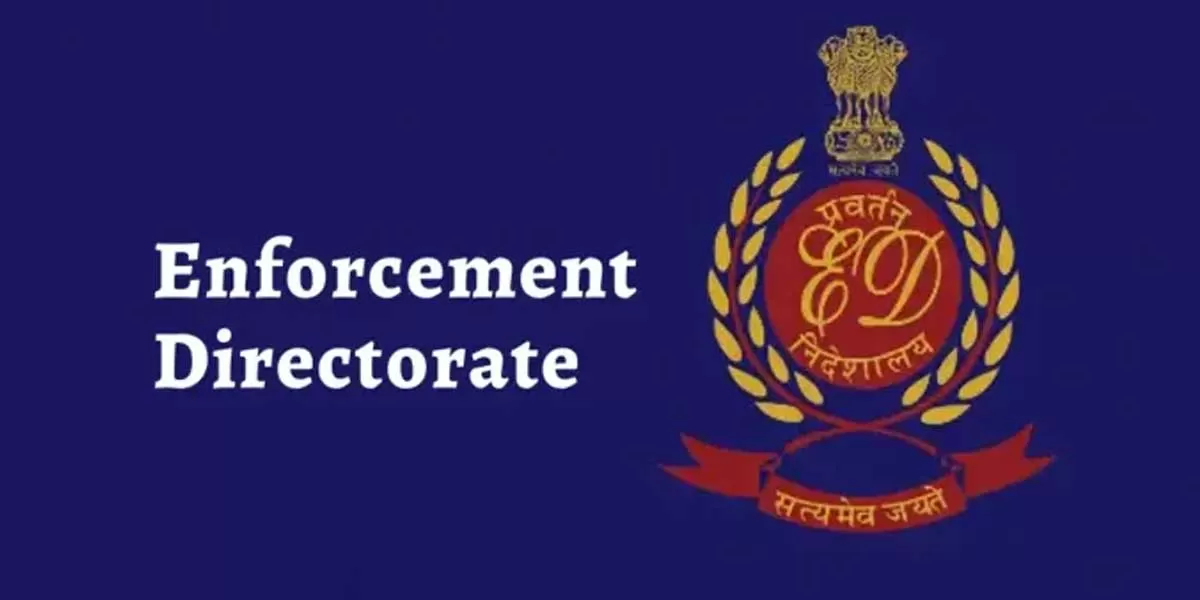In a significant move against financial malfeasance, the Enforcement Directorate (ED) has attached assets valued at Rs 367 crore in connection with the Bhushan Steel bank fraud case. This decisive action comes as part of the ongoing efforts to curb fraudulent financial practices and hold those responsible accountable.
The attached assets include properties, bank accounts, and other holdings linked to the individuals involved in the Bhushan Steel bank fraud. The ED's relentless pursuit of justice sends a strong message about the zero-tolerance approach towards economic offences. The move is a testament to the government's commitment to maintaining the integrity of the financial system and protecting the interests of investors and stakeholders.
The Bhushan Steel case, one of the high-profile instances of corporate wrongdoing, had raised concerns about the vulnerability of the banking sector to fraudulent activities. The ED's intervention not only safeguards the financial institutions but also aims to restore public confidence in the robustness of the regulatory framework.
This latest development underscores the importance of collaborative efforts between law enforcement agencies and financial institutions to identify and penalize those engaged in financial misconduct. The ED's meticulous investigation into the Bhushan Steel case serves as a model for proactive measures against economic crimes that threaten the stability of the financial sector.
As the legal proceedings unfold, this seizure of assets marks a critical step towards ensuring that ill-gotten gains are recovered and justice is served. It is a clear indication that regulatory bodies are actively addressing financial impropriety, thereby creating a deterrent for potential wrongdoers.
In conclusion, the Enforcement Directorate's attachment of assets worth Rs 367 crore in the Bhushan Steel bank fraud case reflects a resolute stance against economic offences. This decisive action contributes to the ongoing battle against financial misconduct, reinforcing the commitment to transparency and accountability in the Indian financial landscape.In a significant move against financial malfeasance, the Enforcement Directorate (ED) has attached assets valued at Rs 367 crore in connection with the Bhushan Steel bank fraud case. This decisive action comes as part of the ongoing efforts to curb fraudulent financial practices and hold those responsible accountable.
The attached assets include properties, bank accounts, and other holdings linked to the individuals involved in the Bhushan Steel bank fraud. The ED's relentless pursuit of justice sends a strong message about the zero-tolerance approach towards economic offences. The move is a testament to the government's commitment to maintaining the integrity of the financial system and protecting the interests of investors and stakeholders.
The Bhushan Steel case, one of the high-profile instances of corporate wrongdoing, had raised concerns about the vulnerability of the banking sector to fraudulent activities. The ED's intervention not only safeguards the financial institutions but also aims to restore public confidence in the robustness of the regulatory framework.
This latest development underscores the importance of collaborative efforts between law enforcement agencies and financial institutions to identify and penalize those engaged in financial misconduct. The ED's meticulous investigation into the Bhushan Steel case serves as a model for proactive measures against economic crimes that threaten the stability of the financial sector.
As the legal proceedings unfold, this seizure of assets marks a critical step towards ensuring that ill-gotten gains are recovered and justice is served. It is a clear indication that regulatory bodies are actively addressing financial impropriety, thereby creating a deterrent for potential wrongdoers.
In conclusion, the Enforcement Directorate's attachment of assets worth Rs 367 crore in the Bhushan Steel bank fraud case reflects a resolute stance against economic offences. This decisive action contributes to the ongoing battle against financial misconduct, reinforcing the commitment to transparency and accountability in the Indian financial landscape.





















